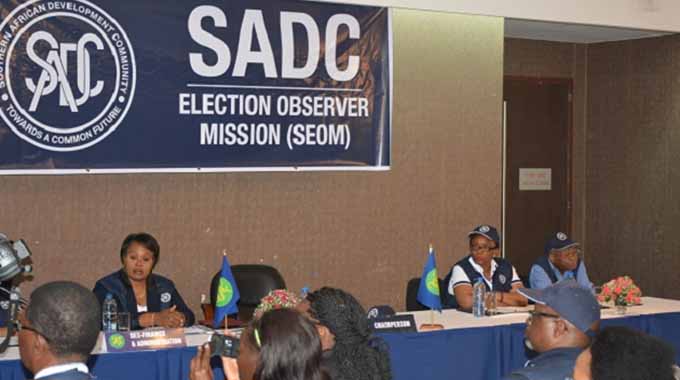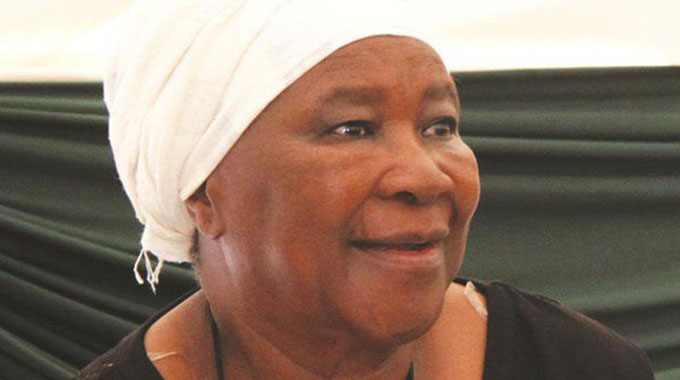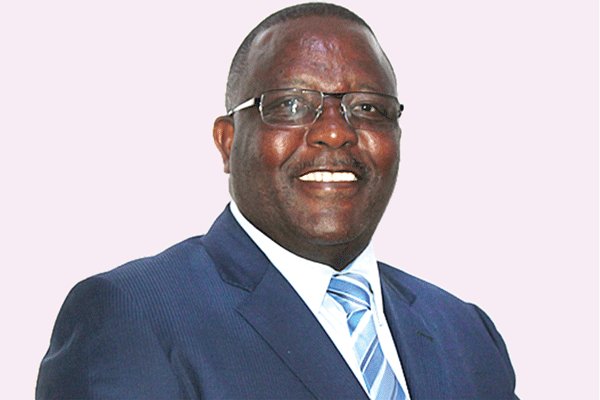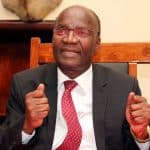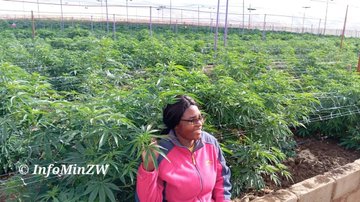A groundbreaking achievement bridging academia and geological discovery, Dr. Steve Chingwaru, a recent PhD graduate from South Africa’s Stellenbosch University (SU), has unearthed a revelation set to revolutionize the mining sector worldwide. At the youthful age of 26, Chingwaru’s pioneering research not only secured him a doctorate but also unveiled what could be the planet’s most significant gold deposit, estimated at a staggering R450 billion.
Dr. Steve Chingwaru, a Zimbabwean, achieved a remarkable feat by obtaining his PhD at 26 from Stellenbosch University. His groundbreaking research in geomatallurgy has attracted global interest, uncovering potentially the world’s largest invisible gold resource hidden in mine dumps around Johannesburg.
As the grandson of renowned prospector George Nolan, Chingwaru’s research could unlock gold worth billions of rands from these tailings. He discovered that these tailings contain significant gold content, presenting a viable source of gold extraction as traditional mining methods become less feasible.
Chingwaru’s research aims to address environmental concerns associated with tailings, such as acid mine drainage, while maximizing economic value.
His work has gained academic acclaim, with publications in top industry journals and recognition at international conferences. Chingwaru credits his supervisors for their support and guidance during his research journey.
Despite his achievements, Chingwaru remains grounded, emphasizing the importance of African scientists contributing to the continent’s development.
His difficult childhood taught him resilience and the value of scientific discovery, motivating him to pursue his goals. Looking ahead, Chingwaru plans to continue his research career, potentially joining institutions in Australia or Germany.
He remains connected to his African roots, inspired by his grandfather’s legacy and driven by the quest for scientific exploration and discovery.




